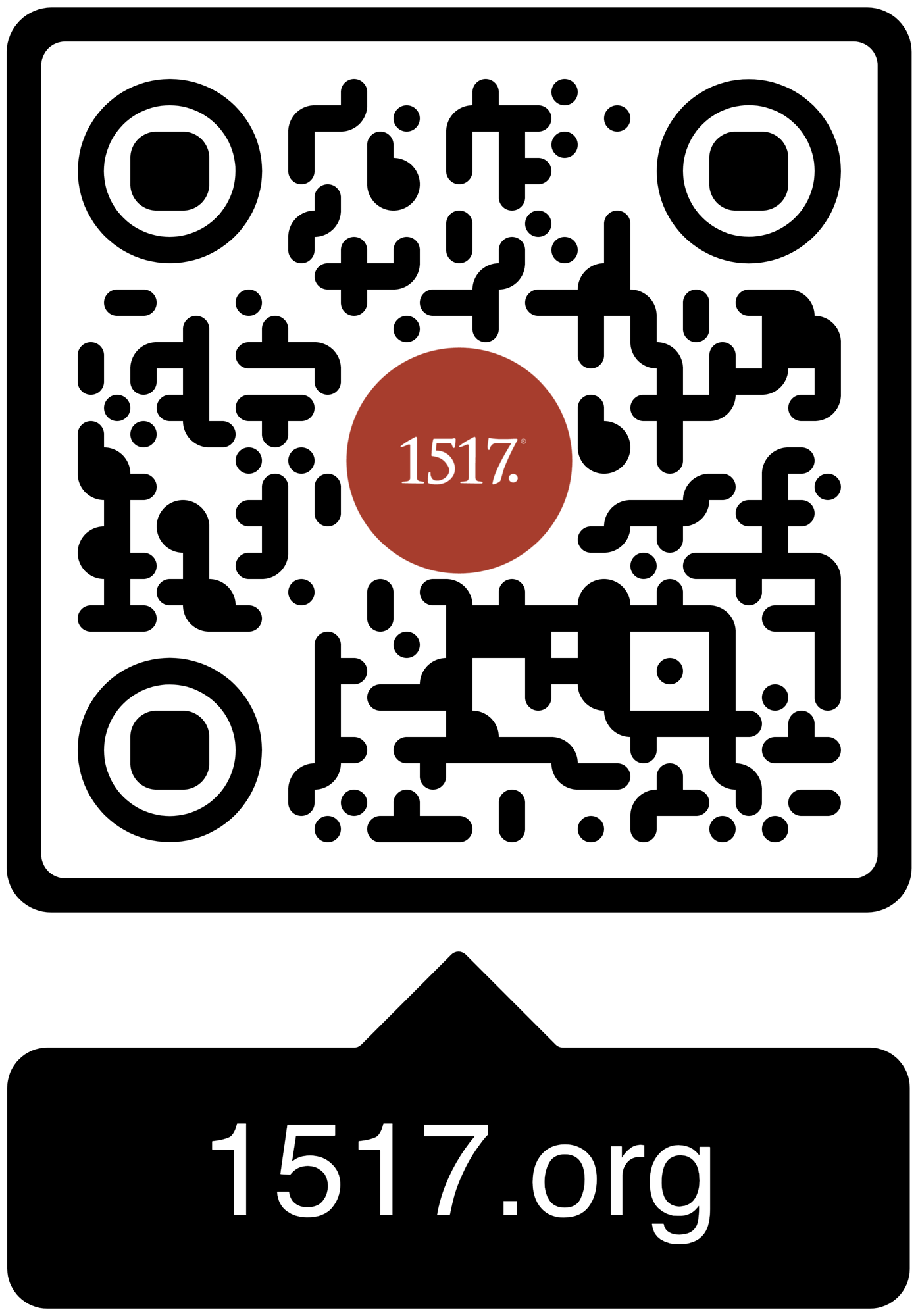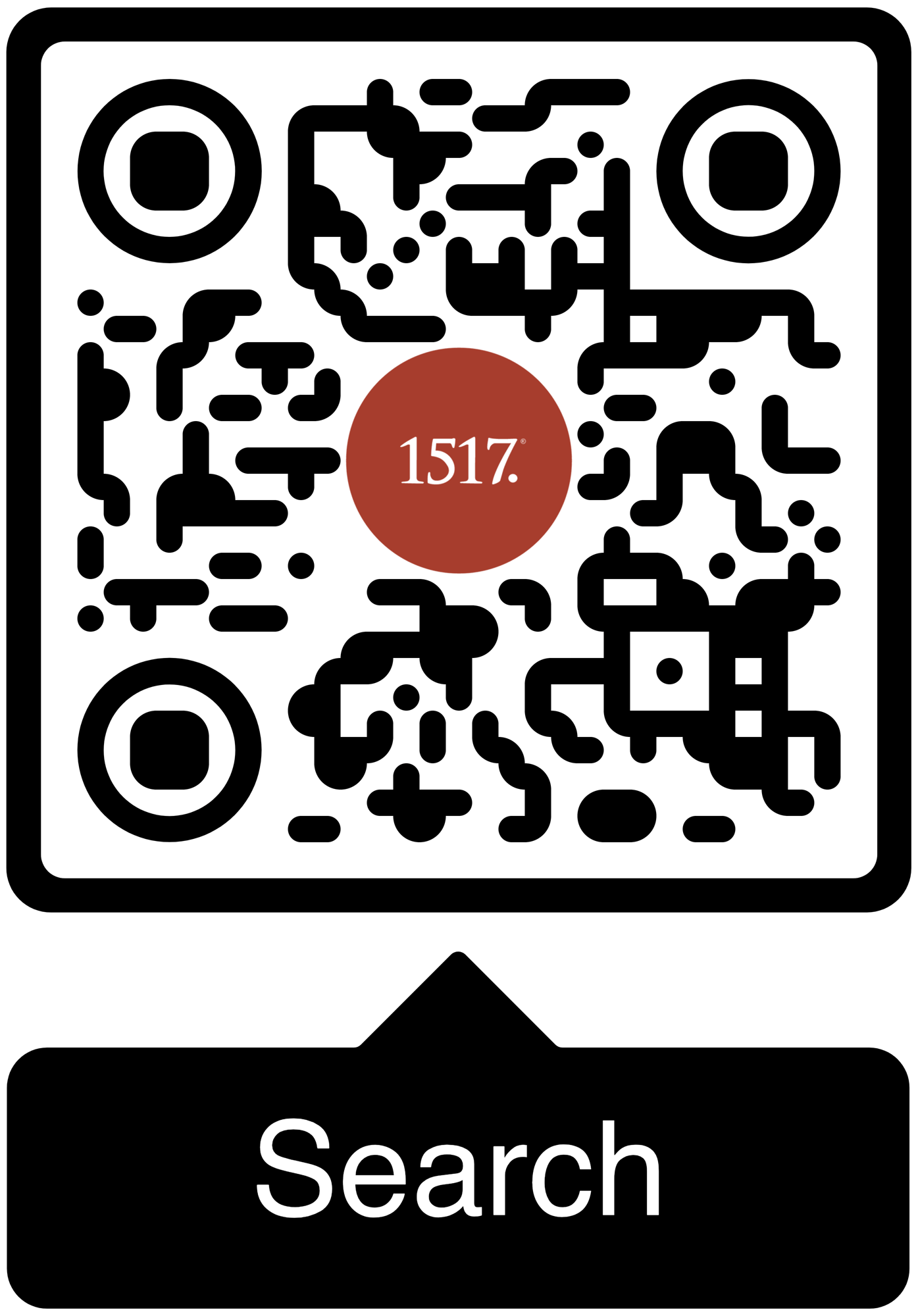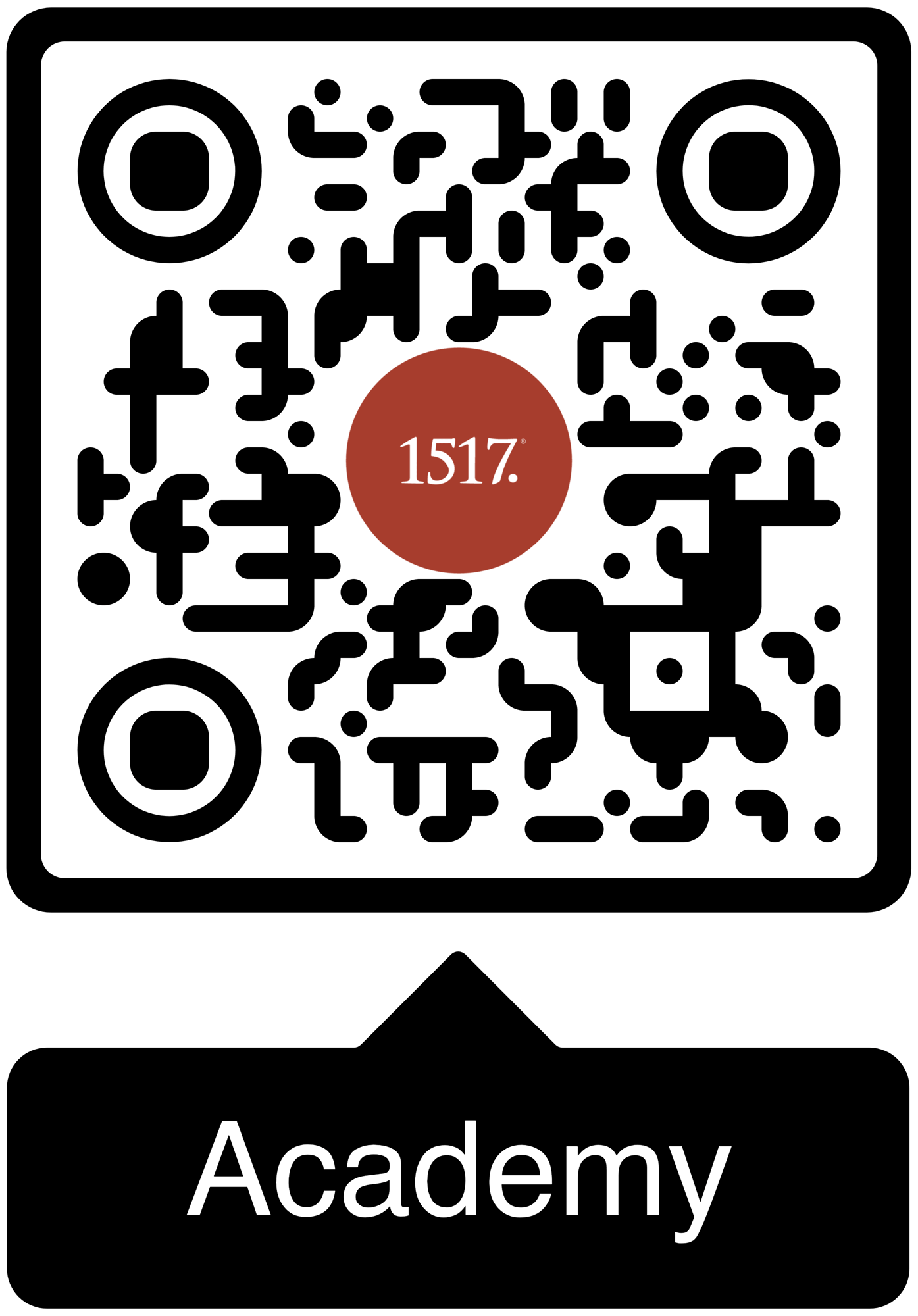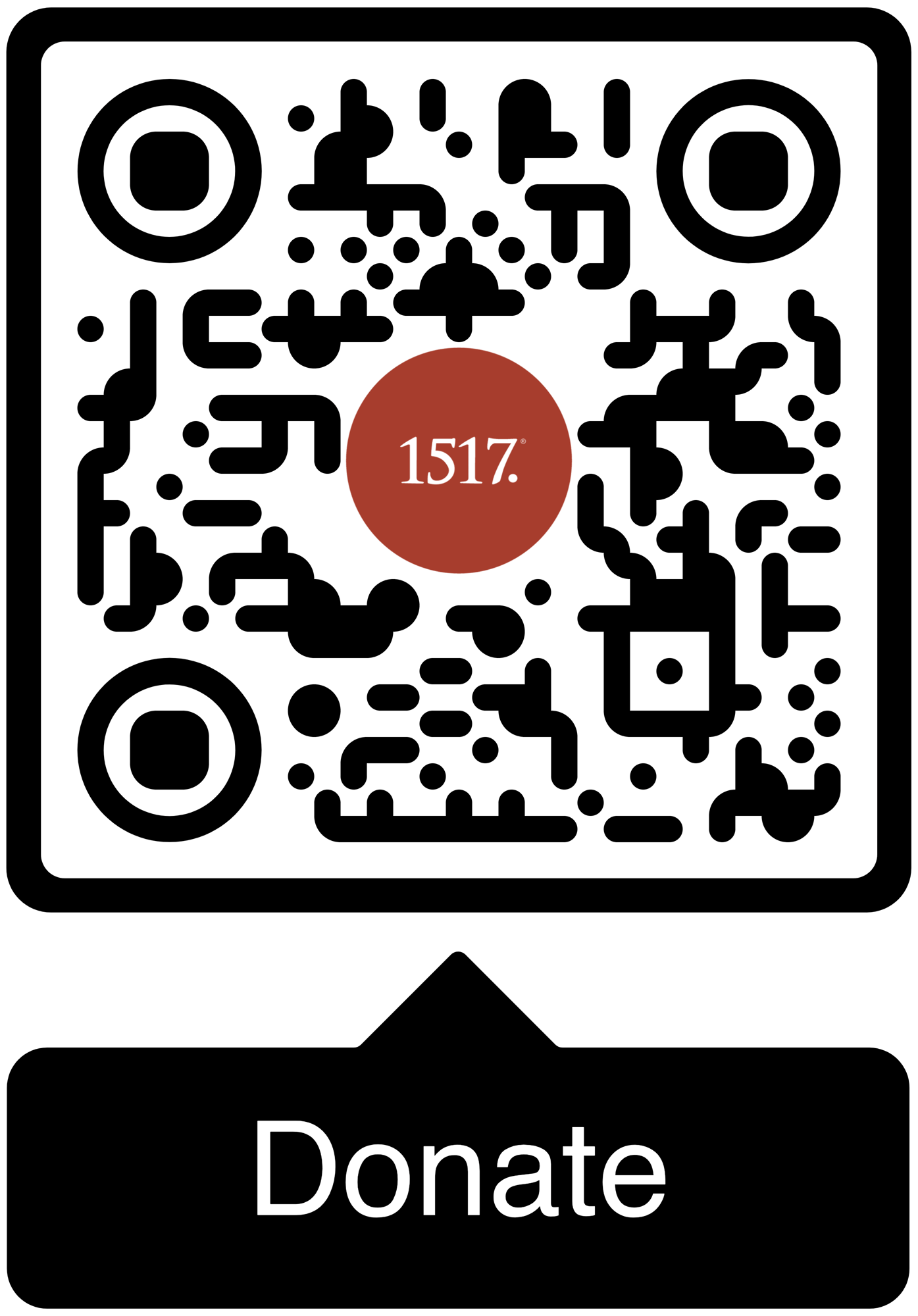The doctrine of the Trinity is not so much the story of a “who-dunnit” as it is the story of the “who-is-it.”
I don’t know about you, but I love a good mystery story. Whether it’s riding shotgun with Scooby Doo and Shaggy in the Mystery Machine, sleuthing the clues alongside Sherlock Holmes, Father Brown, or Peter Wimsey, or enjoying the modern thriller by Stephen King, the adventure, plot, characters, and story always draw me in. Whatever your favorite mystery story is, there’s a little detective in all of us that’s dying to solve the crime, catch the killer, and get caught up in a suspenseful caper.
Christianity is no stranger to mystery: think of the incarnation, the two natures of Christ, and of course, the Holy Trinity. As the church calendar finds us hot on the trail of Trinity Sunday, Christians open Scripture and find there’s a mystery afoot. Whenever you confess the creeds of the church, you run straight into a mystery, the doctrine of the Holy Trinity. As the Athanasian Creed states, “We worship one God in Trinity and Trinity in Unity, neither confusing the persons nor dividing the substance.”
And who better to help track down the mystery of the Trinity than the famous author of the Lord Peter Wimsey detective stories, Dorothy L. Sayers. Sayers was no stranger to mystery stories: she authored over twenty novels and short stories recounting the tales of her chief protagonist and detective, Lord Peter Wimsey. From her fictional stories to her theological essays, you can count on Sayers’ creativity, imagination, and Christian witness to follow her trail in whatever she writes, and lead you through the mystery, in the end, to the cross of Christ.
In one of her most well-known theological works, The Mind of the Maker, Sayers sets out not as a sleuth to solve the mystery of the Holy Trinity, but as an artist and writer, witnessing the truth and beauty of the creative work of God through Father, Son, and Holy Spirit in the Christian confession.
For Sayers, however, the doctrine of the Trinity is not a problem to be solved. Rather, the Trinity remains a mystery that the Scriptures reveal, doctrine teaches, and the Christian confesses and praises. The doctrine of the Trinity is not so much the story of a “who-dunnit” as it is the story of the “who-is-it.” The doctrine of the Trinity is not so much a problem to solve as it is a revelation of the handiwork of an artist.
Far from being dull and dreary, this doctrine, like the whole Christian faith, is wild, exciting, and adventurous, rich in divine drama. For Sayers, “The Christian faith is the most exciting drama that ever staggered the imagination of man - and the dogma is the drama” (Dorothy L. Sayers. The Greatest Drama Ever Staged in The Whimsical Christian, p. 11).
The dogma is the drama. And every drama has an author. Every play has a playwright. From Sayers, we learn that Christianity is no different. The Holy Trinity is the author of this divine drama, revealing in the Scriptures the greatest story ever told, the story of rescue, redemption, and remarkable goodness and grace. Christianity is the story of the comforting and “the terrifying assertion that the same God who made the world, lived in the world and passed through the grave and gate of death.” (Dorothy L. Sayers. Letters to a Diminished Church, p. 21)
On the one hand, Sayers satirically writes of the doctrine of the Trinity, exclaiming “the Father incomprehensible, the Son incomprehensible, the Spirit incomprehensible, the whole thing incomprehensible” (Dorothy L. Sayers. Letters to a Diminished Church, p. 18)
And yet, on the other hand, Sayers wants Christians to know that the doctrine of the Trinity is known and revealed in Scriptures and, albeit in a limited and finite way, known through analogy, that is, until one pushes language or analogy too far into heresy. Even the best analogies, Sayers acknowledges, eventually break down.
In her book, The Mind of the Maker, Sayers approaches the doctrine of the Trinity not so much by analogy, like the infamous apple or shamrock, but by way of drawing parallels. This approach is more like a mirror than a manual.
Sayers observes that in the act of creation, the Trinity reveals himself to you and for you. And in our acts of creation, even as limited as they are when compared to God’s, we reflect the mind of the maker as we create and imagine. Or, as Tolkien says, “we make still by the law in which we are made.” We make and create because God first made and created us.
In man’s artistic, creative, and imaginative work, we catch a glimpse of the creative work of the Holy Trinity.
Within the creative imagination, Sayers observes a three-ness of creativity and artistic action, which is a mirror (albeit imperfect and finite) that reflects or gives us a glimpse of the mind of the maker in the Holy Trinity. She describes the three-ness, in this way: within the mind of the author, there exists the book as thought or idea, the book in its written form, and the book as read. This artistic three-ness corresponds to, or reflects and mirrors, God’s triune nature. In man’s artistic, creative, and imaginative work, we catch a glimpse of the creative work of the Holy Trinity:
For every work (or act) of creation is threefold, an earthly trinity to match the heavenly.
First, (not in time, but merely in order of enumeration) there is the Creative Idea, passionless, timeless, beholding the whole work complete at once, the end in the beginning; and this the image of the Father.
Second, there is the Creative Energy (or Activity) begotten of that idea, working in time from the beginning to the end, with sweat and passion, being incarnate in the bonds of matter: and this is the image of the Word.
Third, there is the Creative Power, the meaning of the work and its response in the lively soul: and this is the image of the indwelling Spirit.
And these three are one, each equally in itself the whole work, whereof none can exist without the other: and this is the image of the Trinity. (Dorothy L. Sayers. The Mind of the Maker, p. 37-38)
Man’s imagination and creativity reflect the creative work of the Artist, the invisible God who became incarnate to save. Sayers’ creative connections lead us from one gracious mystery to another, from the Trinity to the incarnation, death, and resurrection of Jesus. Her detective novels and theological writings point to the good news that the incomprehensible, untouchable, mysterious God has become comprehensible and touchable as he revealed himself to us in the incarnation of the Son of God. God himself has taken to the stage, unveiling his love and grace and mercy for sinners, and the author of the play is also the author and perfecter of our faith, who for the joy set before him endured the cross and walked out of the grave three days later for you.
Indeed, the dogma is the drama. And the mystery is as magnificent as it is gracious, revealing the goodness of the mind of the Maker.





